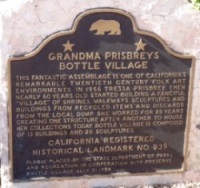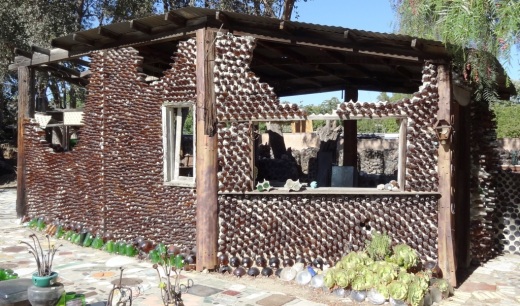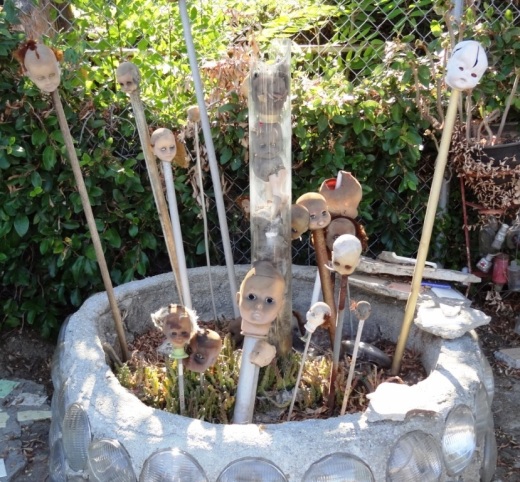Bowling Alleys in Ventura County and Nearby Areas
/Archaeologists found ancient bowling balls and bowling pins in an Egyptian gravesite in the 1930s that date back to 3200 B.C., thus making bowling the world's oldest documented sport. The first indoor bowling alley was Knickerbockers of New York City in 1840.
Bowling’s peak in popularity was in the 1960s, when there were over 12,000 bowling establishments in the United States. In 2022, there were approximately 3,500 bowling alleys in the U.S. But bowling seems to be growing in popularity, with companies like Bowlero expanding the market.
Here’s a compilation of local bowling alleys in Ventura County and adjacent areas.
Bowling in the Conejo Valley!? The four-lane Sunset Lanes opened in mid-January 2024 at the Sunset Terrace Restaurant & Lounge in Thousand Oaks. Prior to this, the last time we had bowling in Thousand Oaks was 1995, when the 40 lane Conejo Village Bowl closed. It was located where Borders was until January 2010 and various county medical services now reside. Conejo Village Bowl opened in July 1960, as did the short-lived Acorn Bowl, which was located at 3089 Ventura Boulevard (subsequently renamed Thousand Oaks Boulevard).
Acorn Bowl Thousand Oaks in the early 1960s (Photo Credit: City of Thousand Oaks Library, Pat Allen Slide Collection - Thousand Oaks Boulevard Survey)
Bowled Over:
Wagon Wheel Bowl in Oxnard closed in May 2015.
Ventura Bowling Center closed in November 2012
Discovery Ventura closed in 2020
Kids Bowl Free at local area bowling alleys
Many years ago existed the Ojai Bowling Lanes at 345 East Ojai Avenue in Ojai. This was a four lane establishment that operated in the 1940s-1950s. The Topa Topa Brewing Co. now operates at that address.




















